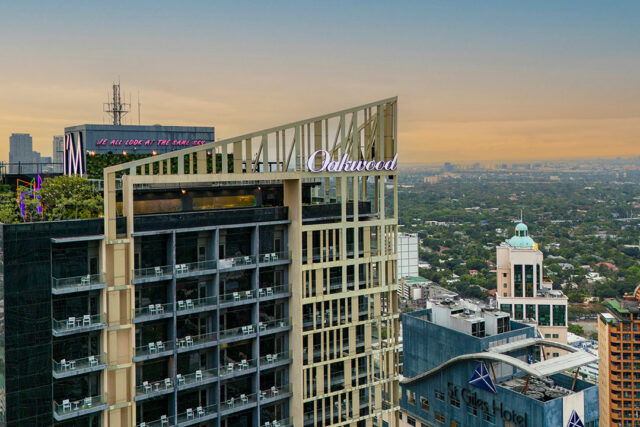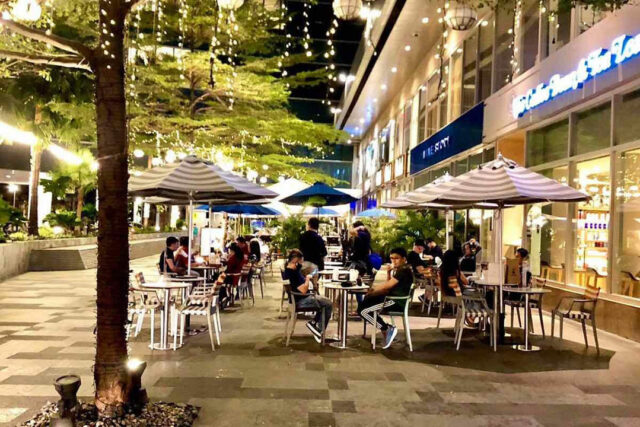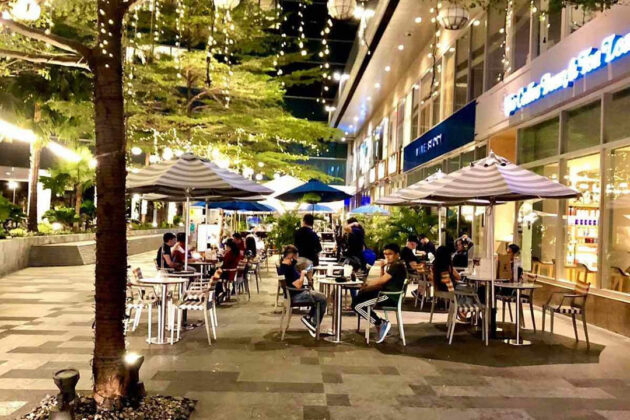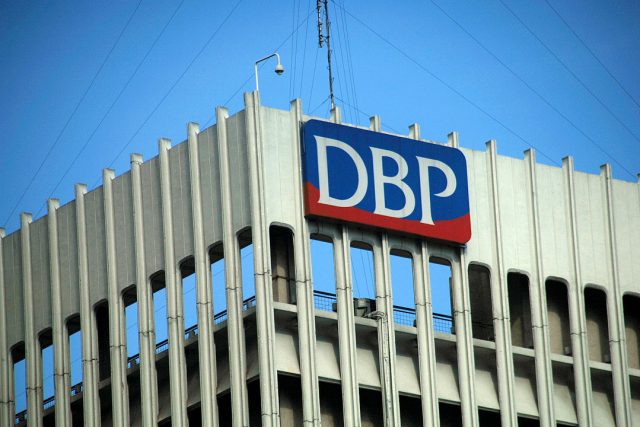ASMAA AL-BELBASI walks an hour to her nearest bakery each day to fetch bread for her children and other relatives in the north Gaza districts where aid agencies say famine still looms despite rising supplies.
The route can be dangerous, along streets strewn with rubble from blown-up buildings that are impassable to cars and with fighting between Hamas militants and Israeli forces still sporadically raging. Her journey shows how desperately Gazans need bread to stave off deadly hunger.
“Before they opened up the bakeries we would get corn flour, which you couldn’t knead. It was like a log and would come out like a biscuit. After a day or two it’d be difficult to eat,” she said, talking about the flour people in Gaza made from animal feed and baked on open fires.
When the first bakery opened using flour and fuel provided by the World Food Programme (WFP), unruly queues of hundreds of people crammed into nearby streets between the ruins of houses. The bakers had to employ dozens of stewards to maintain order.
A few more bakeries have now opened, some of them operating 24 hours a day, but while the queues are now smaller, Ms. Belbasi still waits at least 20 minutes each day for the two bags of flat pitta bread she needs for her large family, she says.
Restoring Gaza’s bakeries and ensuring a regular supply of flour, water and fuel will be crucial to stopping famine spreading across the tiny, crowded enclave nearly seven months into the conflict.
Israel’s ground and air campaign was triggered when Hamas stormed border defenses on Oct. 7, killing around 1,200 people and seizing 253 more as hostages according to Israeli tallies.
The offensive has left Gaza in ruins, killing more than 34,500 people, according to health authorities in the Hamas-run enclave, and leaving nearly all the survivors homeless and destitute.
Bread has always been the main staple for people in Gaza, though before the war plenty of other food was available too, from locally grown vegetables, chickens and sheep, fresh fish from the sea and imported tinned and packaged food.
At the start of the war Israel announced a total blockade. Though it then started to let in some food, aid agencies including those run by the United Nations said it was not doing enough to facilitate supplies and their distribution.
Israel says it puts no limit on humanitarian supplies for civilians in Gaza and has blamed the United Nations for slow deliveries, saying its operations are inefficient.
But with pockets of famine emerging in Gaza, with some children dying from malnutrition and dehydration, and with people across the enclave hungry, even Israel’s closest allies have increased pressure on it to do more to let in food.
Aid started to flow in higher volumes into northern Gaza this month after Israel opened a new crossing point, and the WFP has been supplying bakeries as part of the wider effort.
But aid agencies warn it is still nowhere near enough to end a humanitarian disaster there and the WFP said last week that northern Gaza is still heading towards famine.
AID SUPPLY
The first big bakery in northern Gaza that reopened, on April 13, was one of five run by Kamel Ajour Bakeries, which now makes pitta bread and puffy sandwich loaves to sell at a subsidized rate.
“We suffered heavy damage. We have five branches and there are other selling locations and most of them were either partially or completely damaged. Thank God we were able to re-operate this place so we can make bread for people again,” said Karam Ajour, a quality control administrator at the bakery.
To reopen, the bakery workers had to salvage machinery from different branches that had been destroyed or damaged by Israel’s military campaign, moving them to the single branch they decided to reopen with WFP support.
They knead the bread into balls and flatten it into pockets that puff up as they pass through the oven to be put into large bags for collection. They are sold through windows with grills to the crowd pressing outside.
As demand for bread among the hundreds of thousands of people still living in northern Gaza was so high the Ajour owners decided to run a 24-hour operation, installing a third production line there alongside the existing two.
A steady supply of both wheat flour and fuel to operate the bakery oven are vital. Aid deliveries into northern Gaza have been far more complex than those to southern parts of the enclave nearer the crossings with Egypt.
In March, more than 100 people were killed during a botched aid delivery in the north. Earlier this month an Israeli strike killed foreign aid workers in a convoy carrying food aid into northern Gaza. Some aid convoys have been mobbed by desperate, hungry people.
Karam Ajour bakeries has employed people to handle the WFP aid deliveries into two Gaza City roundabouts and bring them safely to the bakery.
When asked how he felt about the bakery reopening, Mr. Ajour said: “I’m part of the people and I share their feelings and their need for food.” — Reuters














